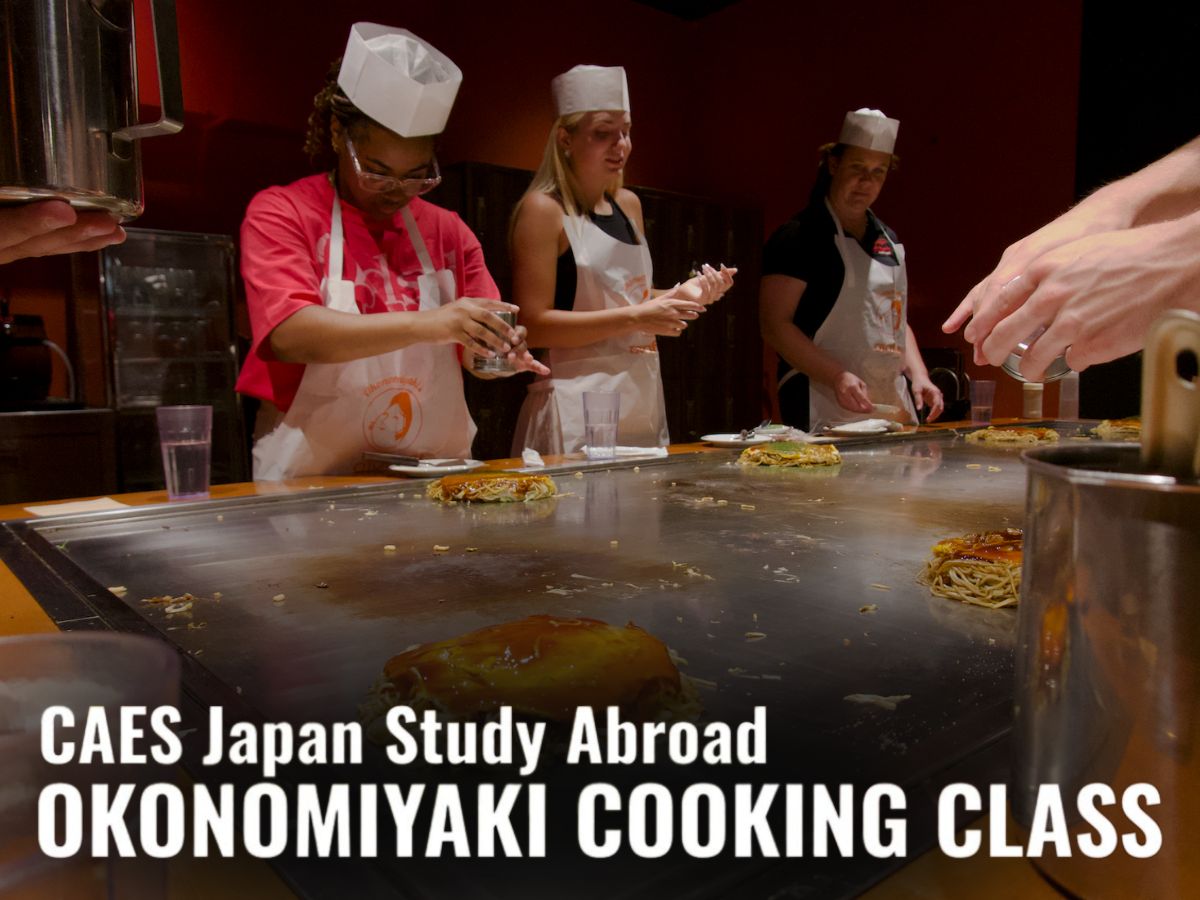As an undergraduate student in Brazil, Daniela Lourenco knew that she loved statistics and genetics, but she wasn’t sure where that passion would take her.
Then an introductory course in animal breeding genetics — the same class she now teaches to undergraduates at the University of Georgia — set her on a path that has allowed her to collaborate with scientists around the world.
“My husband (who is also an animal scientist) told me there was this very cool class called ‘Animal Breeding Genetics.’ He said, ‘It works a lot with both genetics and statistics. I think you’ll like it,’” Lourenco said.
She took a plant genetics course too, but found livestock genetics much more exciting.
“I like statistics and math and genetics, and this field combines everything,” she said.
Lourenco, who first came to UGA to finish her doctoral research, serves as an assistant professor in the Department of Animal and Dairy Science. Her research focused on using big data analytics to improve livestock breeding, which is still her focus today.
For years, breeders used information about an individual’s lineage and phenotypes to rate that animal’s breeding value. The advent of advanced genetics and genomic technology gave breeders access to thousands more data points to analyze before making breeding decisions.
Lourenco helped to develop a one-step method for integrating genomic information about each animal with their phenotype and lineage information to produce a breeding value for each animal. She also helped implement this one-step method for the American Angus Association for both Angus and Charolais beef cattle, and she helped resolve one-step evaluations for dairy cattle, pigs, chicken and fish, including catfish and rainbow trout.
Working with a team of geneticists and programmers in the UGA Animal Breeding and Genetics Group, she has helped to improve software that is used all over the world. Scientists often visit Athens, Georgia, to work with the group, and Lourenco now travels to consult and speak so often that, in a single year, she has earned enough airline miles to travel around the world almost three times.
Currently, she’s working to refine software models for millions of animals and improve the accuracy of the estimated breeding values (EBVs) the models generate.
“When EBVs are published, they are published with a measure of accuracy, and this accuracy is rated from 0 to 1,” she said. “We are trying to find a better way to estimate the accuracy of the EBVs. If we have small data, then we can calculate the accuracy easily, but we have large data. It is very costly, so we are trying to find a better way to approximate the accuracy to the EBV.”
For more information about Lourenco’s work, visit the UGA Animal and Breeding Group website at nce.ads.uga.edu.




